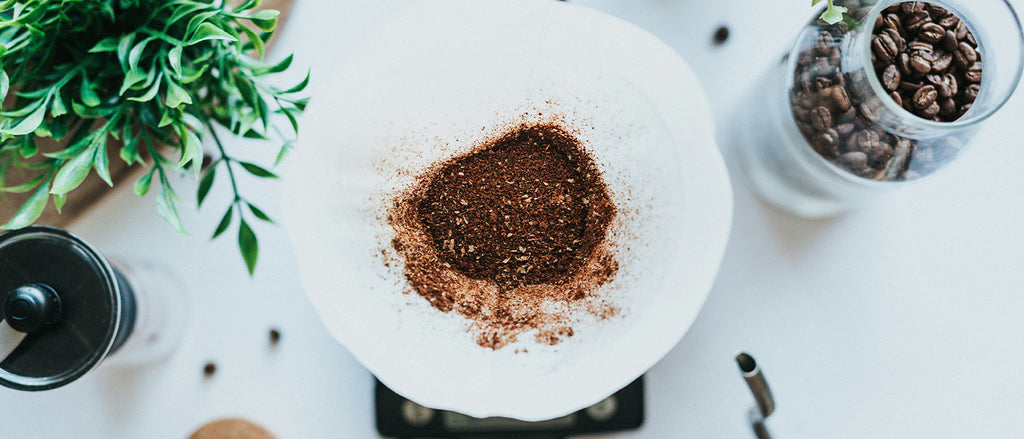The Grind Difference: How Grind Size Shapes Your Coffee Brewing Experience
In the world of coffee brewing, one of the most influential factors determining the taste, aroma, and overall quality of your cup is the grind size of your coffee beans. Whether you're using a French press, espresso machine, or pour-over setup, the grind size plays a crucial role in extracting the flavours and aromatics locked within the coffee grounds. In this guide, we'll explore how grind size affects coffee brewing and provide insights into achieving the perfect grind for your preferred brewing method.

-
Understanding Grind Size: Grind size refers to the coarseness or fineness of the coffee particles after grinding. It's a critical variable that impacts the surface area of the coffee grounds, which in turn affects how quickly water can extract flavours during brewing. Grind size is typically categorized into coarse, medium, fine, and extra-fine, with each size suited for different brewing methods.
-
Impact on Extraction: The grind size directly influences the rate of extraction—the process by which water dissolves soluble compounds from the coffee grounds. Finer grinds have a larger surface area, allowing water to extract flavours more quickly. Conversely, coarser grinds have less surface area and require more time for extraction. Achieving the right balance of extraction is essential for unlocking the desired flavours without over-extracting or under-extracting, which can result in bitter or sour-tasting coffee, respectively.
-
Brewing Methods and Grind Size: Different brewing methods require specific grind sizes to optimize flavour extraction and achieve the desired strength and body. Here's how grind size corresponds to popular brewing methods:
- French Press: Coarse grind
- Pour-Over (e.g., Chemex, Hario V60): Medium-fine to medium-coarse grind
- Espresso: Fine to extra-fine grind
- Aeropress: Medium-fine grind
- Drip Coffee Maker: Medium grind
-
Adjusting Grind Size for Taste Preferences: Fine-tuning the grind size allows you to customize the taste of your coffee to suit your preferences. If your coffee tastes bitter or over-extracted, try using a coarser grind to slow down extraction. Conversely, if it tastes sour or under-extracted, a finer grind can increase extraction and enhance flavour intensity. Experiment with different grind sizes until you find the perfect balance that suits your taste buds.
-
Consistency Is Key: Consistency in grind size is essential for achieving uniform extraction and consistent flavour in each cup of coffee. Invest in a high-quality burr grinder, which offers precise control over grind size and produces more uniform particles compared to blade grinders. Additionally, calibrate your grinder regularly to ensure it's delivering consistent results.
-
Experimentation and Exploration: Don't be afraid to experiment with different grind sizes and brewing methods to discover new flavour profiles and brewing techniques. Keep a coffee journal to track your experiments and note the subtle nuances in flavour and aroma as you adjust the grind size.

The grind size of your coffee beans is a fundamental aspect of the brewing process that significantly influences the taste and quality of your coffee. By understanding how grind size affects extraction and adjusting accordingly, you can unlock a world of flavours and elevate your coffee brewing experience to new heights. So, the next time you prepare your morning brew, pay attention to the grind size—it might just be the secret to brewing the perfect cup of coffee.






1 comment
Love your store, coffee sales and video’s